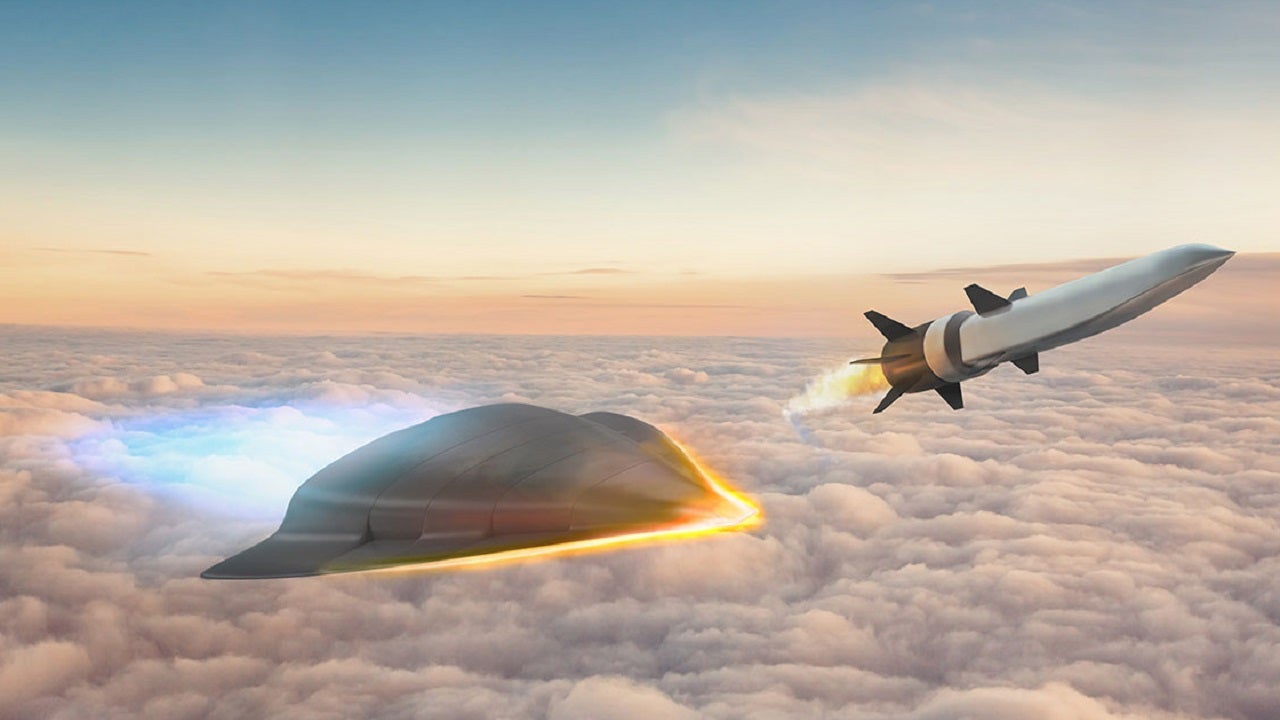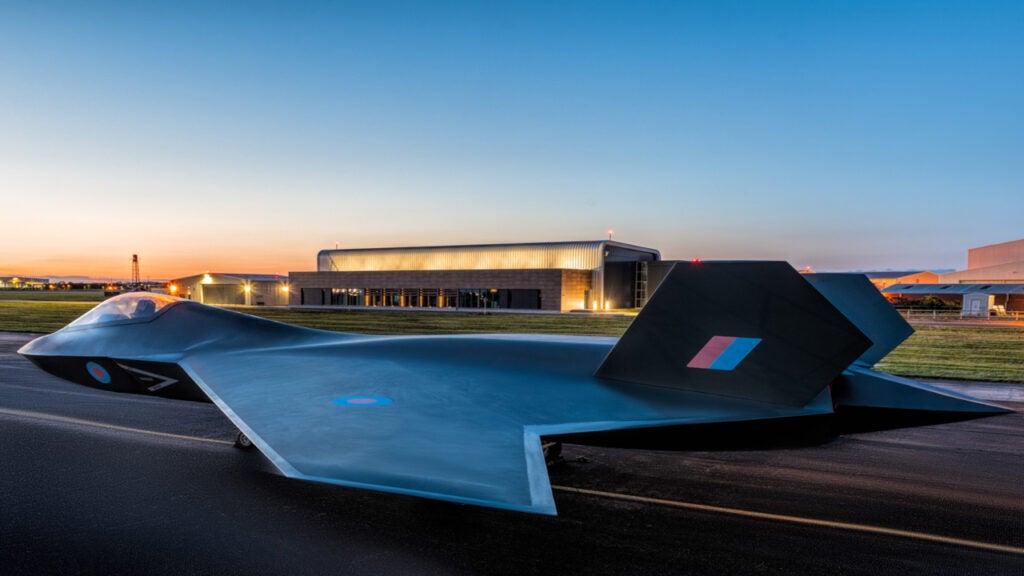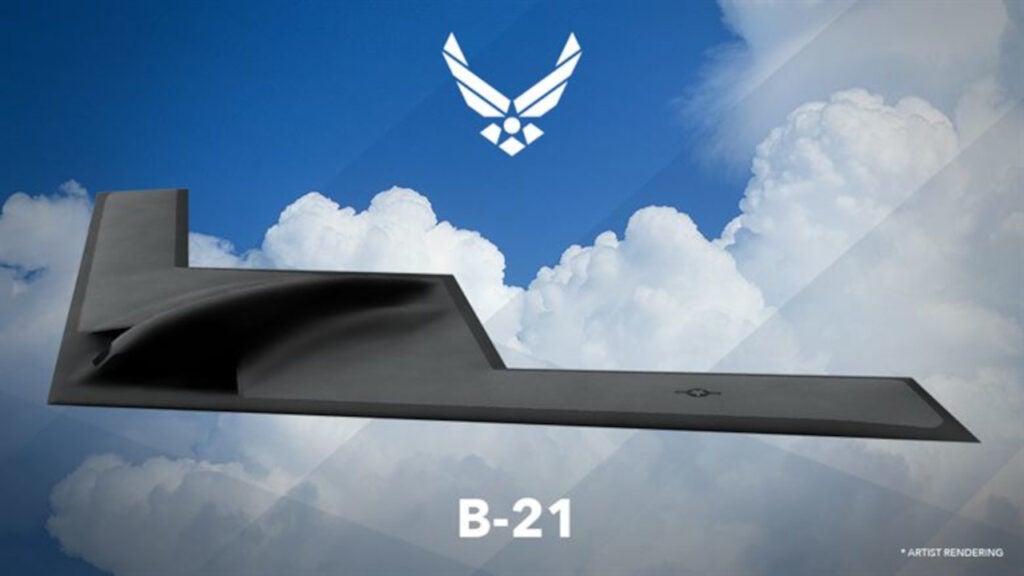
The Hypersonic Air-breathing Weapon Concept (HAWC) is a futuristic air-to-air combat missile concept being developed for the Defense Advanced Research Projects Agency (DARPA) and the US Air Force (USAF).
A joint programme between DARPA and the USAF, the HAWC aims to develop and demonstrate critical technologies to deliver an affordable air-launched hypersonic cruise missile.
The long-range missile is intended to operate at speeds of Mach 5 and beyond, which improves the precision and reduces the response time. US-based companies Raytheon Missiles and Defense, and Northrop Grumman teamed up for the development of the concept, for which Lockheed Martin was also a competitor.
HAWC development
Raytheon and Northrop Grumman signed an agreement in June 2019 to collaborate for the development of air-breathing hypersonic weapons.
The companies were selected for a contract worth $200m for the HAWC programme to deliver a functional system for the DARPA and the USAF. The missile is built by Raytheon, while the scramjet engines powering it are supplied by Northrop Grumman.
The agreement leverages the experience of the two companies to demonstrate readiness to produce the next-generation tactical missile systems. It allows the companies to continue their collaboration for HAWC and other upcoming futuristic air-breathing hypersonic missiles.
HAWC design and features
The HAWC programme is exploring advanced configurations of the air vehicle with efficient hypersonic flight capability. Further, the project specifications call for a hydrocarbon-based scramjet-powered engine to provide better cruise with hypersonic speed.
The research-based efforts emphasise reducing the thermal stress on the missile during high-temperature cruise. The focus is also on the system designs and manufacturing approaches that are affordable and scalable.
The HAWC vehicle can provide high performance in an oxygen-rich environment. The speed and manoeuvrability of the missile make it almost undetectable in the field.
The missile is expected to provide the capability to strike enemy targets much quicker than subsonic missiles. The ability to travel at hypersonic speeds will also increase the survivability of the weapon in the field and enhance its effectiveness and flexibility.
Propulsion
The HAWC will be integrated with Northrop Grumman’s supersonic combustion ramjet or scramjet engines to power its flight.
The scramjet engines, which can operate at relatively high speeds, use the high speed and forward motion of the vehicle to compress the incoming air forcefully. The compressed air assists in better combustion of the hydrocarbon fuel for forward thrust and for achieving sustained flight at hypersonic speeds.
Testing of Raytheon and Northrop Grumman’s hypersonic missile
The Hypersonic Flight Test Team (HFTT) at the Edwards Air Force Base completed the ground tests and checks for the HAWC in 2020. DARPA completed the captive carry tests of the two designs provided by Lockheed Martin and Raytheon for the HAWC programme.
DARPA and the USAF, further, jointly conducted a free-flight test of the HAWC missile of the Raytheon team in September 2021.
The tests are intended to address major challenge areas such as air vehicle feasibility, affordability, and effectiveness.
The successful free-flight demonstration of the missile tested vehicle integration and release sequence, safe separation of the missile from the launch aircraft, timely ignition of the booster and proper boost, separation of the booster from the missile, and ignition of the engine. The cruise capabilities of the HAWC missile were also tested during the demonstration.
The flight test met all the objectives and brings the concept closer to a programme of record. The data from the flight test will be used to validate the affordable system designs and manufacturing practices for the development of air-breathing hypersonic missiles.



